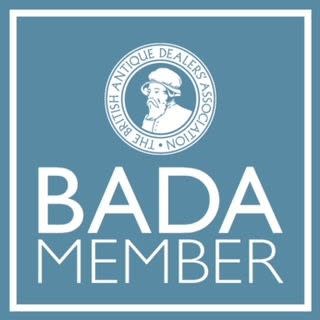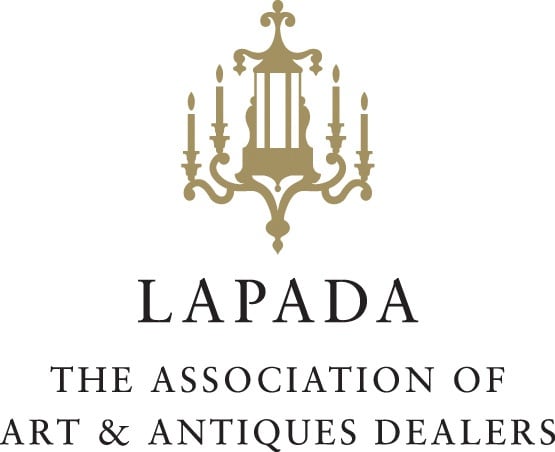‘Les Animaliers’ were the group of influential French sculptors who worked from around 1830 to the end of the 19th century, specialising in the realistic portrayal of animals and birds, primarily in bronze. Artists at the forefront of this movement included Antoine-Louis Barye (1796-1875), Pierre-Jules Mene (1810-1879), Auguste Fratin (1801-1864), Emmanuel Frémiet (1824-1910), Jules Moigniez (1835-1894), Rosa Bonheur (1827-1901), Auguste Cain (1822-1894) and Alfred Dubucand (1828-1894).
The term ‘Animalier’ was used initially as a derogatory way of referring to an artist who had the audacity of producing a sculpture of an animal as the subject rather than one of a human form as in the classical tradition. The status of these artists and their work became elevated when King Louis Phillipe gave several commissions to Barye, followed by those of other aristocrats and wealthy patrons.
Antoine-Louis Barye led the way in the success and popularity of this new genre with his ‘Tiger and Gavial’ which he exhibited in 1831, as it not only brought him widespread recognition as a highly skilled and talented sculptor but for the genre as a whole. Prior to the 19th century, sculptures of animals tended to be used as associated symbols or form only part of a sculpture dominated by a human form, rather than being the focus. Barye studied and observed closely both the behaviour and anatomy of animals, using those found in the ‘Jardin des Plantes’ zoo in Paris as models for his subjects, enabling him to capture the character, movement and vitality of an animal in his work.
The 19th century saw advancements in production techniques which allowed bronzes to be produced in large numbers for the growing market of collectors from the emerging wealthy middle classes, as well as with museums and institutions. By the end of the 19th century there were many foundries in Paris employing thousands of skilled craftsmen in their production. The most well known of these included the two foundries of the Susse brothers and that of Ferdinand Barbédienne. Those artists with connections or a background in metal working in their families such as Barye, Mêne, Frémiet and Cain had their own foundries which allowed them to have greater control on the quality of bronzes they produced.
Towards the end of the 19th century the popularity of animalier bronzes in France had expanded across to other countries in Europe and to Britain and the United States, where large and important collections were formed. The influence of the 19th century Animalier sculptors can be seen in the work of many 20th century sculptors who followed such as Rembrandt Bugatti, Giacometti, Picasso, Rodin and Elizabeth Frink.
Literature:
Christpher Payne, Animals in bronze,1986
Jane Horswell, Bronze Sculpture of 'Les Animaliers' Reference and Price Guide, 1971
James Mackay, The Dictionary of Western Sculptors in Bronze, 1977
View the 'Sculpture' section for our selection of animalier sculptures currently available, alongside individual sculptor biographies.



